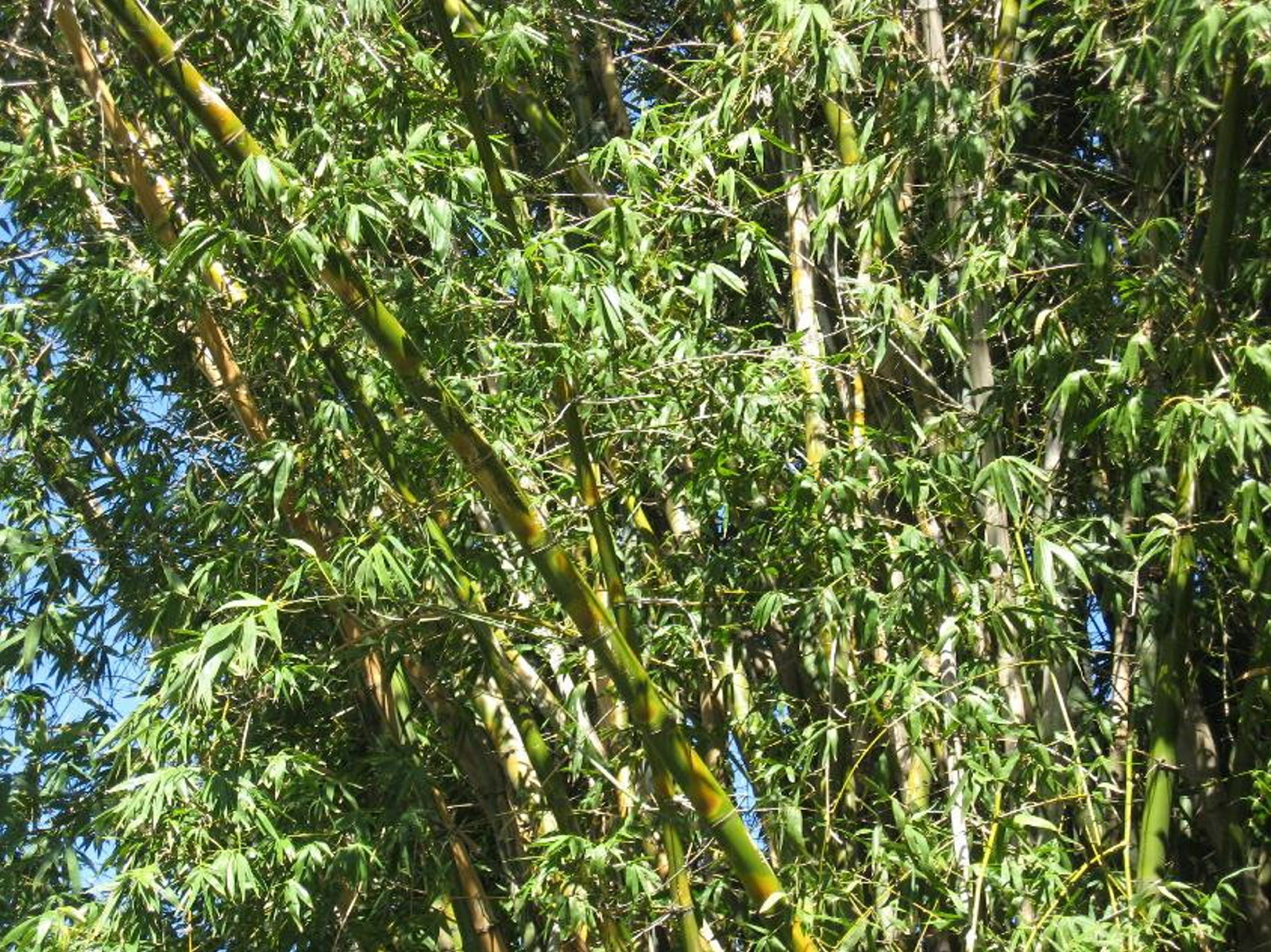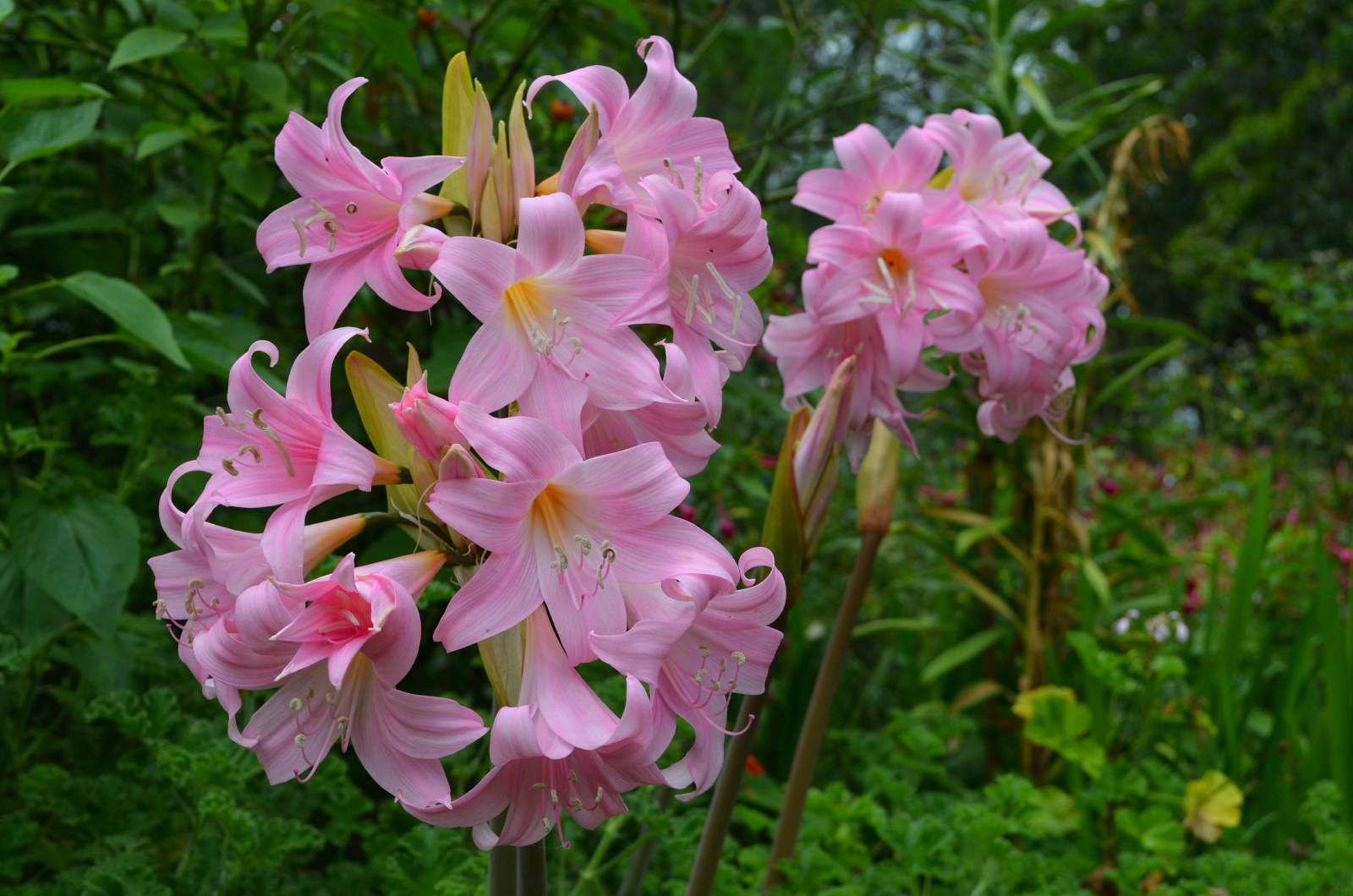Camellia japonica 'Jean Lyne'
A beautiful medium-sized, late-season cultivar raised by George Linton at Somersby and released commercially by Hazelwood Nurseries in 1941, Jean Lyne was one of the most popular Camellia cultivars – although now only rarely seen in gardens.
The flowers are variably white or pink, randomly striped and blotched with carmine or red, and have an elegant simplicity with only two and a half whorls of petals and random petaloids at the centre of each flower. It is currently in bloom at Vaucluse House.
Published on
Plant your history
Browse all
Plant your history
Beautiful bountiful bamboo
One of the most recognisable plants growing at Museums of History NSW today is bamboo. This colourful plant has a long history in colonial gardens

In the pink at Elizabeth Farm
Amid the late summer bounty in the garden at Elizabeth Farm, the crepe myrtle is the undoubted star of the show

Plant your history
Sumptuous cape bulbs light up late summer gardens
Belladonna Lilies and Crinum Lilies are tough bulbs that never say die and can survive years of neglect

Plant your history
Acanthus - an apt symbol for The Mint
Look at any classical building today, anywhere in the world and chances are you will find an acanthus leaf lurking somewhere
